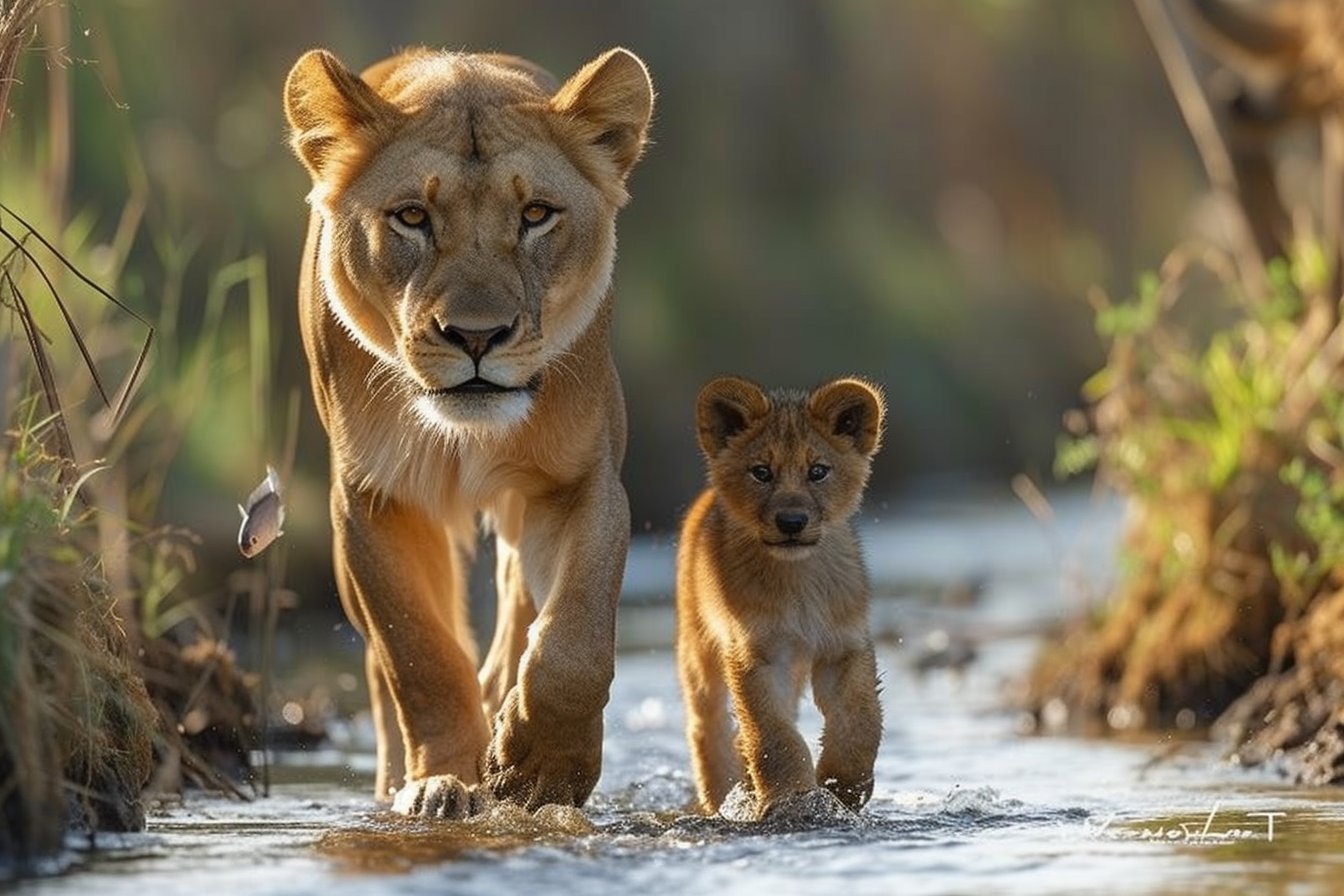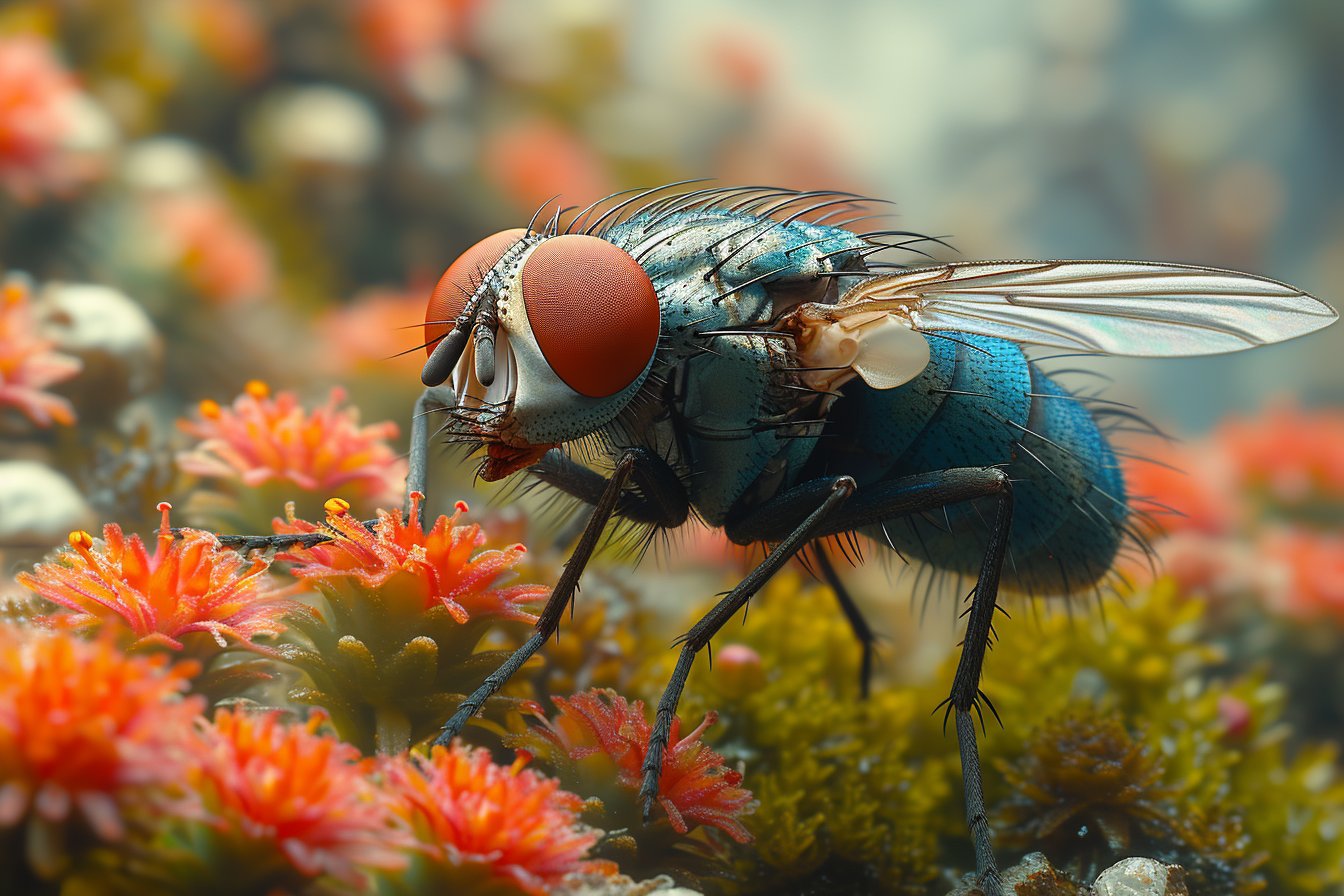Many are aware that some insects have incredibly brief lifespans, but you may find it hard to believe that there is a particular type of fly whose entire life cycle spans just 24 hours or even less. In this article, we will delve into the world of these short-lived creatures, specifically looking at their biology, behavior, and habitat, as well as the reasons behind their fleeting existence.
The ephemeral existence of Mayflies
Mayflies belong to an order of insects known as Ephemeroptera, which sums up their nature quite well since the term “ephemeral” refers to something that lasts for a very short time. There are around 3,000 known species of mayflies, each with their specific characteristics, but all sharing the same fate: a notoriously short lifespan.
Life cycle of a Mayfly
The life of a mayfly consists of four distinct stages: egg, nymph, subimago, and imago or adult stage. Most of their life is spent in the aquatic nymph stage, which can last from several months up to a year. During this stage, they live underwater in rivers, lakes, and ponds, feeding on algae and organic matter. Once fully grown, the nymphs rise to the water surface, molt, and emerge as subimagos or ‘dun’ – the first winged stage of the mayfly.
In the subimago stage, the newly emerged mayflies rest on nearby surfaces such as rocks, plants, or trees. Within a few hours or by the next day, they molt again into their final adult form known as the imago or ‘spinner.’ It is during this stage that the mayfly truly enters the world of fast-paced and transient living.
Adult Mayflies: A race against time
The adult stage is all about reproduction. As soon as the imago emerges, it sets off on a desperate quest to find a mate and reproduce before its life comes to an end. Adult mayflies have no functional mouthparts or digestive systems for feeding, meaning their sole purpose at this point is to reproduce. Males typically form large swarms, often identified by the rhythmic rising and falling flight pattern used to attract females. Once a female finds her desired partner, mating ensues – usually in mid-air.
Egg-laying and final moments
After successful fertilization, the female mayfly will lay hundreds or thousands of eggs in or around the water. Most species drop the eggs onto the surface, while some dive underwater or crawl along submerged rocks to deposit them directly. With their duty fulfilled, both the male and female mayflies then perish. Thus, the entire adult lifespan of these fascinating insects ranges from merely a few minutes up to 24 hours.
Whiteflies: A different kind of one-day wonder
An interesting mention must be made about another fly with an incredibly short adult lifespan: the whitefly. Contrary to what their name suggests, whiteflies are not true flies but rather members of the Hemiptera order, with close relatives like aphids and scale insects. Despite sharing the same common name, whiteflies and mayflies diverge from each other in many ways, including habitat preferences, development stages, and lifestyles.
Lifecycle of a Whitefly
Whiteflies undergo four stages during their life cycle: egg, nymph, pupa, and adult stage. Unlike mayflies, whiteflies are not aquatic insects; they inhabit plants and feed on their sap. Their eggs are laid on the undersides of leaves, where the nymphs crawl around for a short period before settling to feed. After molting three times, they enter the non-feeding pupal stage before finally emerging as adults.
Like mayflies, adult whiteflies have little time left after reaching their final stage. With a lifespan of less than a day, the adults immediately set about mating and laying their eggs before their brief yet productive lives come to an end.
The ecological significance of short-lived fly species
Despite their ephemeral nature, both mayflies and whiteflies play important roles in their respective ecosystems. Mayflies are a vital link in the food chain, serving as a crucial food source for predators like fish, birds, and spiders. They are also environmental indicators, reflecting adverse conditions and pollution levels in freshwater bodies, due to their sensitivity to changes in water quality.
As for whiteflies, although they can be considered pests in agricultural settings, they serve as prey for numerous beneficial insects such as ladybugs, lacewings, and parasitic wasps that help keep other harmful insect populations under control.
Fast-track living: The pros and cons
The incredibly short adult life of these flies comes with advantages and disadvantages – a double-edged sword, if you will. On one hand, their rapid reproduction ensures the survival of different generations while maintaining a healthy population size without exhausting resources. On the other hand, limited by their biology, once the clock starts ticking, they face an unbreakable deadline, unable to accomplish anything beyond their immediate purpose.
In conclusion, whether it’s due to bodily constraints, reproductive strategies, or the looming threat of predators, these remarkable creatures are living examples of nature’s ability to adapt to the cycling rhythm of life on Earth.







